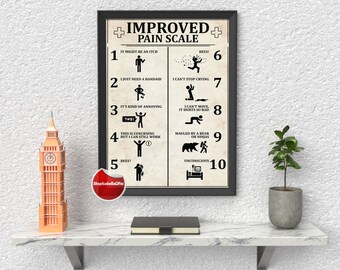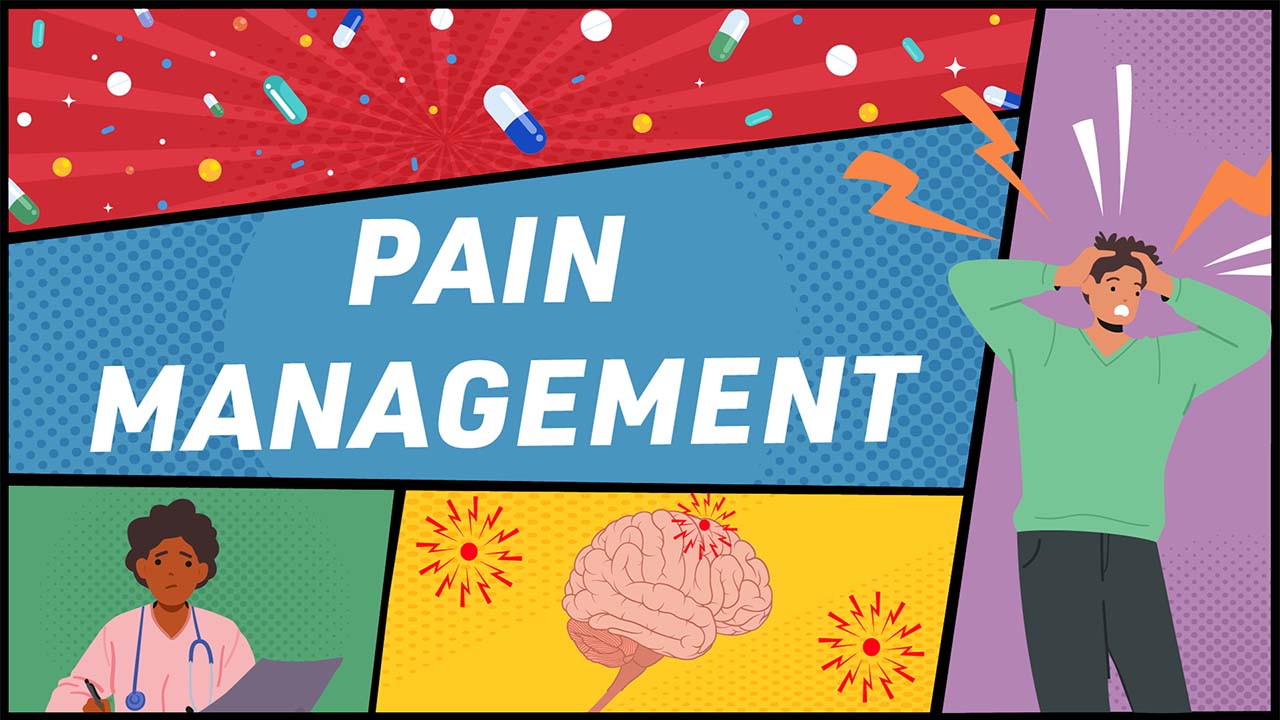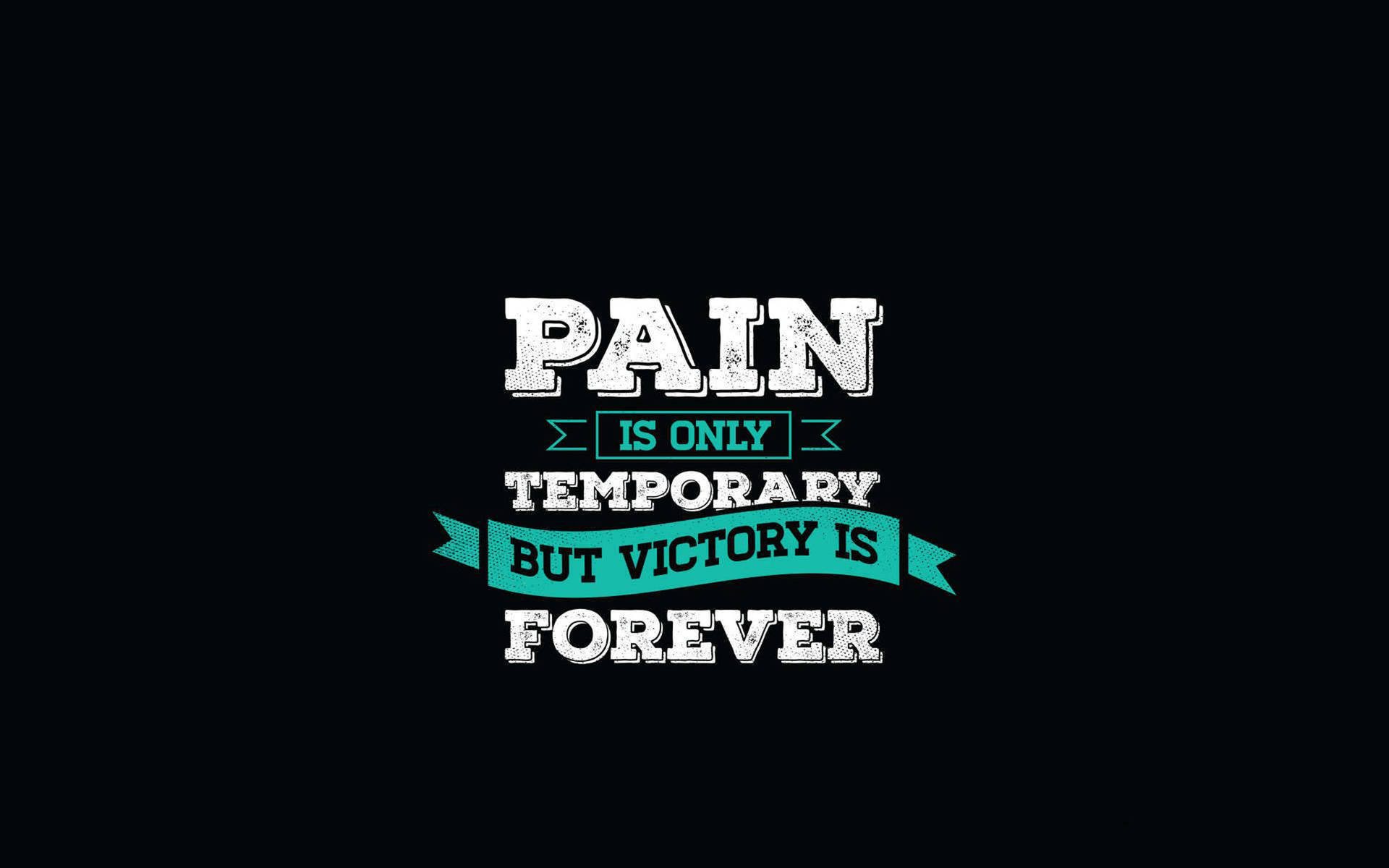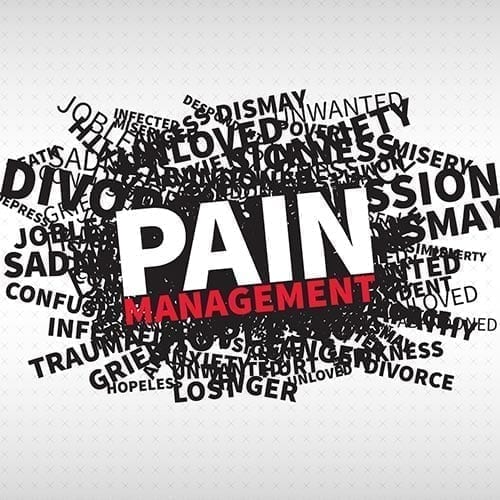How Many Chances Do You Get At Pain Management
How Many Chances Do You Get At Pain Management? A Guide to Finding Relief
If you live with chronic pain, you've likely felt discouraged. Maybe you've tried one treatment, or two, or even ten, and nothing seems to stick. This frustration often leads to a burning question: How many chances do you get at pain management?
We want to tell you upfront: there is no magic number. Pain management is not a game with limited lives. Instead, it's a marathon that involves ongoing collaboration, adjustment, and persistence. Your ability to seek and receive effective care is an ongoing process, one that should ideally never end until you achieve an acceptable quality of life.
Let's explore why the journey requires multiple attempts and how you can maximize every opportunity to find lasting relief.
Pain Management is a Journey, Not a Single Event
When dealing with persistent pain, especially chronic conditions that last longer than three to six months, expecting a quick fix is unrealistic. Chronic pain is complex; it involves the nervous system, psychological factors, and physical health, all interacting in unique ways. What works for one person's back pain might fail completely for yours.
This complexity means that effective pain management requires a multidisciplinary approach. Your first consultation is simply the beginning of a process designed to identify the root causes and determine which combination of therapies will yield the best results.
The Initial Consultation: Your First "Chance"
Think of your first meeting with a pain specialist as your initial opportunity to establish a baseline. This is where the medical team gathers data about your history, symptoms, and previous treatments. It sets the stage for the first comprehensive treatment plan.
A good pain management specialist will often recommend a conservative plan first, scaling up intensity only if necessary. This strategy minimizes risk and helps pinpoint what specific treatments you respond to. The initial "chance" involves several critical steps:
- **Diagnosis and Assessment:** Confirmation of the underlying condition causing the pain.
- **Establishing Goals:** Setting realistic expectations (e.g., reducing pain by 50%, improving sleep quality).
- **The First Treatment Protocol:** Initiating a specific therapy, such as physical therapy, anti-inflammatory medication, or nerve blocks.
- **Follow-Up and Review:** Scheduling a revisit within a few weeks to assess the treatment's effectiveness.
If that initial protocol doesn't achieve the set goals, that doesn't mean you've failed or run out of luck. It simply means it's time for the next attempt.
Why Treatment Plans Often Need Adjusting
The human body is constantly changing. What worked for your pain six months ago might not be effective today, especially if your activity level or underlying condition has evolved. Therefore, relying on just one treatment strategy is rarely the path to sustained success.
Pain specialists anticipate that plans will need modification. They often use a stepped-care approach, moving from least invasive treatments to more complex interventions. This ensures that every subsequent "chance" or attempt is informed by the results of the previous one.
Understanding the Concept of "Trial and Error"
When searching for effective pain relief, doctors often describe the process as "trial and error." This phrase isn't meant to sound dismissive; rather, it acknowledges the variability of pain responses. It's an educated, evidence-based approach to systematically testing treatments.
Many factors necessitate this continuous adaptation when addressing How Many Chances Do You Get At Pain Management:
- **Individual Metabolism:** How quickly your body processes medications affects dosage and effectiveness.
- **Underlying Pathology:** Sometimes, the initial diagnosis isn't complete, and further treatments reveal complexities.
- **Tolerance and Side Effects:** A medication that provided relief initially might lose efficacy or cause intolerable side effects over time.
- **Nerve Sensitization:** Chronic pain can change how your nerves fire, meaning treatments must evolve to target these changes.
- **Lifestyle Changes:** Weight gain, increased stress, or changes in employment can all affect pain levels, requiring a change in strategy.
Therefore, every adjustment or modification in your treatment plan is another chance—another opportunity to refine the approach and move closer to comfort.
Recognizing When It's Time to Change Tactics
How do you know when a treatment has truly failed and it's time for a new chance? Open communication with your provider is key. Generally, if a treatment yields less than 30% improvement in pain or function after a defined trial period (usually 4-12 weeks), it's considered unsuccessful for you.
Don't be afraid to voice your concerns if you feel stuck. If you've tried physical therapy, injections, and several types of medication without success, you haven't run out of chances. You may simply need to move to the next level of care, which could involve advanced procedures like spinal cord stimulation (SCS) or working with specialized psychologists.
How Many Chances Do You Get At Pain Management? The Real Answer
The definitive answer to the question, "How many chances do you get at pain management?" is simple: **As many as it takes.**
Modern medicine offers an incredibly broad and deep toolkit for managing pain. If one approach fails, there are often dozens of others waiting to be explored. This includes everything from mindfulness and acupuncture to cutting-edge regenerative medicine and advanced implantable devices.
Your access to these multiple chances hinges entirely on two factors: your persistence and your relationship with your healthcare team. You are your own best advocate.
The Importance of Patient Advocacy
If you feel your current doctor has exhausted their resources, remember that you have the right to seek a second opinion or transfer care to a specialized pain clinic. Every time you switch providers, research a new treatment modality, or adjust your lifestyle, you are essentially creating a new chance for successful pain management.
Never accept the idea that you must simply "live with the pain." While managing chronic pain requires accepting limitations, it should never involve giving up on the pursuit of relief. The field of pain management is constantly evolving, introducing new opportunities for those who remain committed to the journey.
A Note on Failed Procedures
Some people worry that if an expensive or invasive procedure, like an epidural steroid injection or even surgery, fails, they have used up their chances. This is absolutely not true. A failed procedure simply means that particular intervention did not work for your specific anatomy or condition. It informs the next step; it doesn't block it.
Instead of viewing a failed treatment as a setback, view it as valuable diagnostic information that guides your doctor toward a more suitable therapy.
Conclusion: Unlimited Opportunities for Relief
The anxiety around How Many Chances Do You Get At Pain Management often stems from the fear of being told "nothing else can be done." Thankfully, in modern chronic pain care, this sentiment is becoming increasingly rare. You have unlimited chances as long as you are willing to keep advocating for yourself and working collaboratively with your medical team.
Pain management is a dynamic, personalized process. If your initial treatment plan (Chance 1) fails, you move to Chance 2, 3, 4, and beyond. Focus on setting small, achievable goals, celebrate minor victories, and remain persistent. Your relief is not defined by a countdown clock, but by your continuous dedication to finding the right combination of tools that work specifically for you.
Frequently Asked Questions About Pain Treatment Attempts
- How long should I try a pain treatment before deciding it has failed?
- It depends on the treatment. Medications typically require 4 to 8 weeks to determine efficacy, especially if the dosage is being adjusted. Procedures like injections often have a trial period of 3 months. Physical therapy needs consistent adherence over 6 to 12 weeks. Always discuss the expected timeline with your physician.
- Does insurance limit how many times I can try a specific procedure?
- Insurance coverage often plays a role in limiting the frequency of certain procedures, such as steroid injections, which may be limited to three or four times per year. However, if one procedure fails, insurance rarely prevents you from trying an entirely different class of treatment (e.g., switching from injections to psychological therapy or nerve ablation). They limit repetition, not innovation.
- If my Pain Management Doctor gives up, have I run out of chances?
- No. If a doctor feels they have exhausted their personal expertise, they should refer you to a specialist with a different skill set or a comprehensive pain center. Your chances only run out if you stop seeking care. Always get a second opinion if you feel dismissed or stuck.
- Should I combine multiple treatments at once, or try them one by one?
- Most effective pain management plans are multimodal, meaning they combine therapies (e.g., medication, physical therapy, and cognitive behavioral therapy). However, invasive procedures are usually tried sequentially (one by one) to accurately gauge their individual effectiveness and minimize compounding risks.
How Many Chances Do You Get At Pain Management
How Many Chances Do You Get At Pain Management Wallpapers
Collection of how many chances do you get at pain management wallpapers for your desktop and mobile devices.

Crisp How Many Chances Do You Get At Pain Management Photo for Desktop
A captivating how many chances do you get at pain management scene that brings tranquility and beauty to any device.

Breathtaking How Many Chances Do You Get At Pain Management Wallpaper Nature
Discover an amazing how many chances do you get at pain management background image, ideal for personalizing your devices with vibrant colors and intricate designs.

Crisp How Many Chances Do You Get At Pain Management Abstract Collection
This gorgeous how many chances do you get at pain management photo offers a breathtaking view, making it a perfect choice for your next wallpaper.

Exquisite How Many Chances Do You Get At Pain Management Wallpaper Nature
Immerse yourself in the stunning details of this beautiful how many chances do you get at pain management wallpaper, designed for a captivating visual experience.

Captivating How Many Chances Do You Get At Pain Management Scene in 4K
Find inspiration with this unique how many chances do you get at pain management illustration, crafted to provide a fresh look for your background.

Beautiful How Many Chances Do You Get At Pain Management Photo in HD
Transform your screen with this vivid how many chances do you get at pain management artwork, a true masterpiece of digital design.

Artistic How Many Chances Do You Get At Pain Management Scene Nature
Immerse yourself in the stunning details of this beautiful how many chances do you get at pain management wallpaper, designed for a captivating visual experience.

Spectacular How Many Chances Do You Get At Pain Management Design Art
A captivating how many chances do you get at pain management scene that brings tranquility and beauty to any device.

Amazing How Many Chances Do You Get At Pain Management Picture for Desktop
Transform your screen with this vivid how many chances do you get at pain management artwork, a true masterpiece of digital design.

Lush How Many Chances Do You Get At Pain Management Abstract Nature
Immerse yourself in the stunning details of this beautiful how many chances do you get at pain management wallpaper, designed for a captivating visual experience.

Detailed How Many Chances Do You Get At Pain Management Background Concept
Discover an amazing how many chances do you get at pain management background image, ideal for personalizing your devices with vibrant colors and intricate designs.

Dynamic How Many Chances Do You Get At Pain Management Capture Art
Find inspiration with this unique how many chances do you get at pain management illustration, crafted to provide a fresh look for your background.

Spectacular How Many Chances Do You Get At Pain Management Design for Desktop
A captivating how many chances do you get at pain management scene that brings tranquility and beauty to any device.

Crisp How Many Chances Do You Get At Pain Management View for Your Screen
Immerse yourself in the stunning details of this beautiful how many chances do you get at pain management wallpaper, designed for a captivating visual experience.

Lush How Many Chances Do You Get At Pain Management Landscape for Mobile
This gorgeous how many chances do you get at pain management photo offers a breathtaking view, making it a perfect choice for your next wallpaper.

Breathtaking How Many Chances Do You Get At Pain Management Image Nature
Discover an amazing how many chances do you get at pain management background image, ideal for personalizing your devices with vibrant colors and intricate designs.

Captivating How Many Chances Do You Get At Pain Management Scene Illustration
A captivating how many chances do you get at pain management scene that brings tranquility and beauty to any device.

Breathtaking How Many Chances Do You Get At Pain Management Photo Digital Art
Transform your screen with this vivid how many chances do you get at pain management artwork, a true masterpiece of digital design.

Exquisite How Many Chances Do You Get At Pain Management Photo for Mobile
Find inspiration with this unique how many chances do you get at pain management illustration, crafted to provide a fresh look for your background.

High-Quality How Many Chances Do You Get At Pain Management View for Your Screen
Discover an amazing how many chances do you get at pain management background image, ideal for personalizing your devices with vibrant colors and intricate designs.
Download these how many chances do you get at pain management wallpapers for free and use them on your desktop or mobile devices.
0 Response to "How Many Chances Do You Get At Pain Management"
Post a Comment